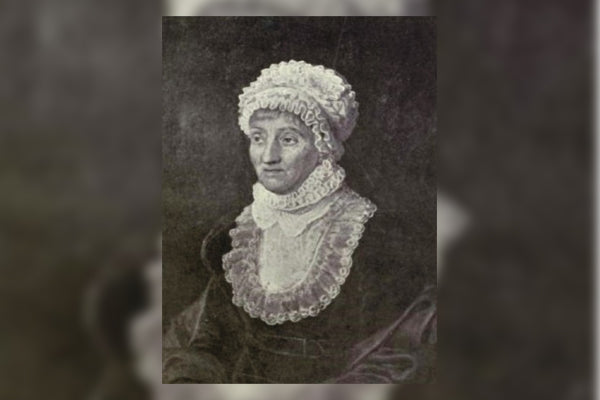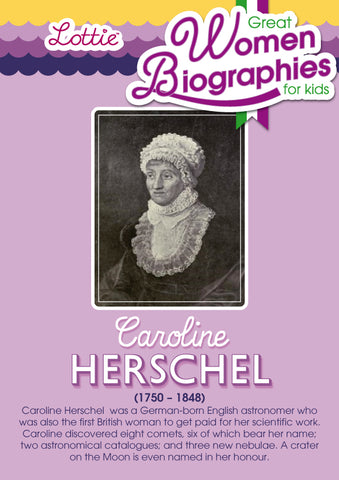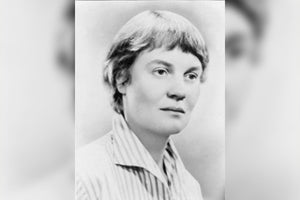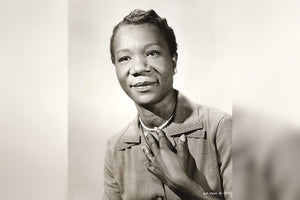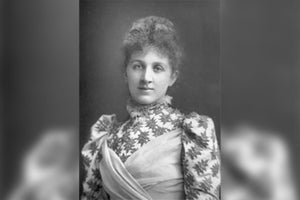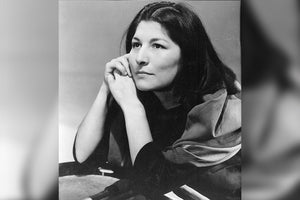Caroline’s Astronomical Discoveries
Although Caroline had been assisting her brother for years as an apprentice, her own skills as an astronomer were now being truly recognized. She made several important discoveries.
Caroline discovered new nebulae in 1783; Andromeda and Cetus, and 14 more nebulae soon after.
In 1876, she discovered a comet using her new telescope, (a 27-inch focal length Newtonian telescope, and a gift from her brother). This discovery was important as she was the very first woman to have done so.
In 1787, King George III employed her as William’s assistant officially, complete with a modest salary (£50 per year) and making her the first woman to be paid for scientific services.
Caroline also cross-indexed the existing star catalog
compiled by England’s first “astronomer royal”, John Flamsteed, listing the details of more than 550 stars that had not been included in the original catalog, leading to the publication of the ‘Catalog of Star’ by the Royal Society in 1798.
Later Years
After her brother William got married in 1788, Caroline was free from many of the household chores and responsibilities and had more time for astronomy.
Caroline made many discoveries independently of William, and continued to work alone on a number of the astronomical discoveries which helped her become famous in the scientific world, including the rediscovery of Comet Encke in 1795.
![]() Fast Shipping
Fast Shipping![]() Subscribe to our Newsletter
Subscribe to our Newsletter![]() 🌟 New Global Competition 🌟
🌟 New Global Competition 🌟